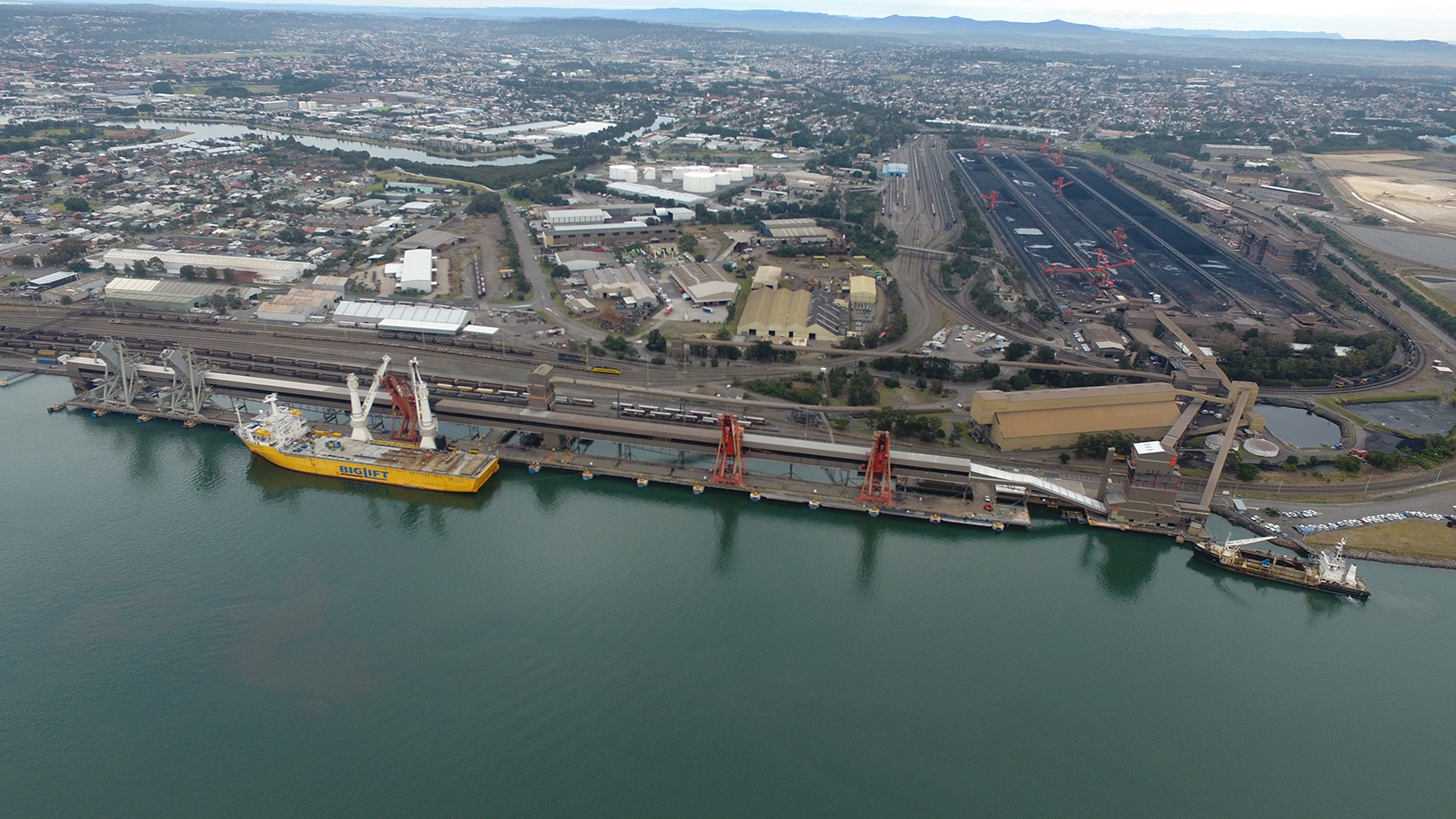Page
Industry implementing coal train dust management improvements
The Hunter coal industry has today announced a series of operational improvements to reduce potential dust emissions from coal trains operating in the Hunter Valley coal chain, following the initiation of industry-led studies earlier this year.
“While the studies are ongoing, the preliminary outcomes suggest that while a lot of good practices are in place throughout the coal chain there are some further improvements that can be made,” NSW Minerals Council CEO Stephen Galilee said.
Several long term monitoring programs indicate coal trains do not have a significant impact on ambient air quality, and that loaded coal trains, unloaded coal trains and freight trains all generate on average a 10% increase in particulates as they pass by.
The independent Planning Assessment Commission also recently concluded that “There is little or no evidence that uncovered wagons contribute significantly to particulate air quality in the Newcastle area”.
While the scientific evidence indicates dust from coal trains does not have a significant impact on air quality, the industry initiated research to identify whether there were practical improvements that could be made to reduce potential coal dust emitted from coal trains.
The improvements identified through this research include reviewing and strengthening coal train dust management plans, avoiding overfilling and spillage of coal during loading, developing procedures to clean up coal deposited on the outside of wagons, and reviewing wagon door maintenance procedures.
“These are measures that have been identified through research and public feedback as reducing potential dust emissions from coal trains,” Mr Galilee said.
“While some of these practices are already in place there is an opportunity to ensure they are applied consistently across the industry,” said Mr Galilee.
“These changes will also reinforce the importance of managing dust and air quality in the day to day management of the coal chain,” Mr Galilee said.
The preliminary results also suggest that some issues require further investigation, such as the impact of small amounts of coal left in unloaded wagons. This issue has been raised by some members of the public, however its significance requires further examination, which the industry will now begin.
A wind tunnel testing program is another important part of the research, and is ongoing. The testing, being conducted by independent consultants Introspec Consulting at the TUNRA laboratories at the University of Newcastle, involves placing sample trays of coal in a wind tunnel and measuring the amount of coal that lifts off under different travel conditions, and whether applying water or chemical veneer helps reduce emissions.
“Preliminary results from the wind tunnel testing program indicate that in some cases dust is unlikely to come off the top of loaded wagons, suggesting that spraying surface veneers on loaded wagons won’t always be needed. However, the testing program is ongoing and we will be evaluating the full set of results once it is complete,” Mr Galilee said.
The industry’s studies have included a survey of the coal chain participants, on-site inspections, wind tunnel testing and a consideration of the views of community groups put forward in discussions and other published material.
Since the industry studies began, the NSW Environment Protection Authority has also initiated its own investigations into coal train dust management, including a series of site audits and a literature review of management practices.
“The EPA’s work is another important source of information on coal train dust management practices and the industry will continue to engage with the EPA as we implement these improvements,” Mr Galilee said.
Further information can be found at
https://www.nswmining.com.au/environment/rail-corridor-air-quality

